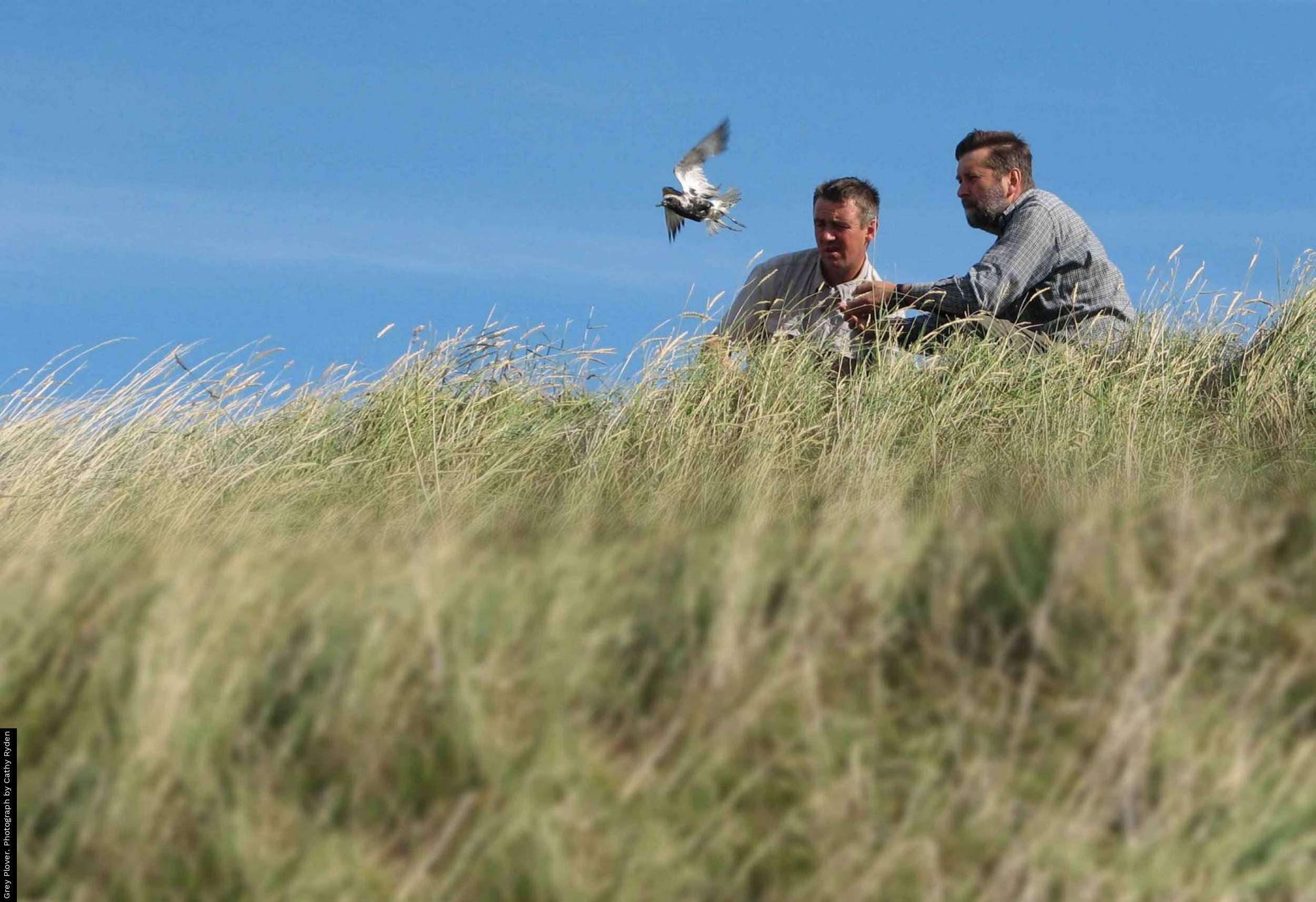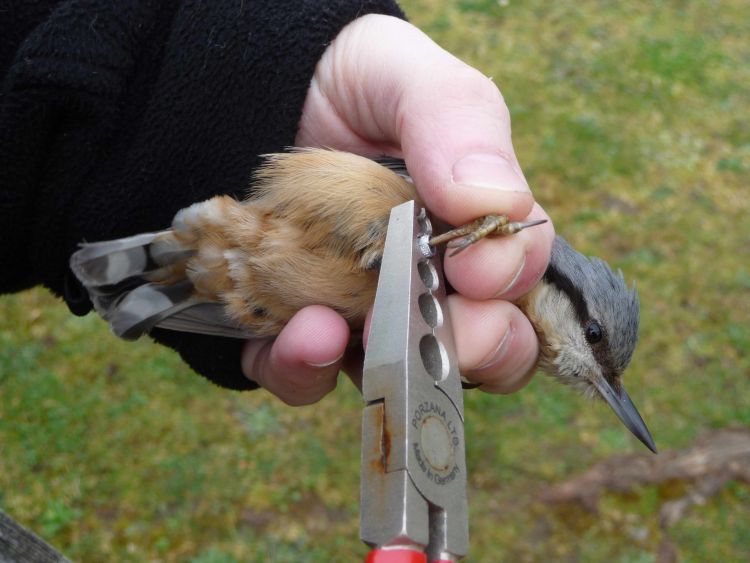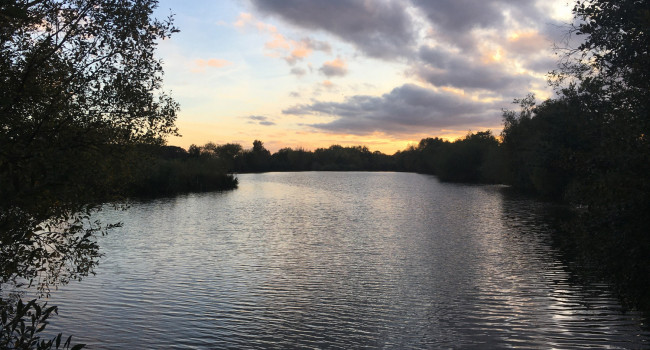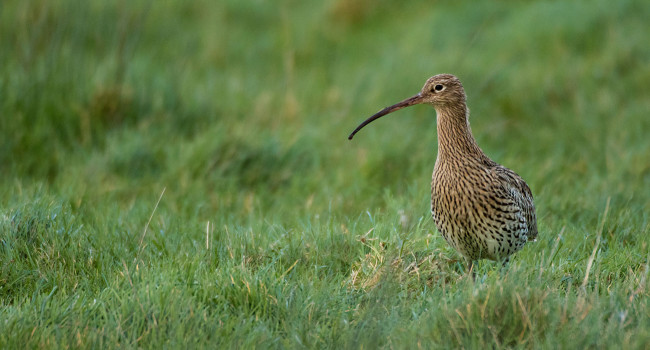Population dynamics
In many ways the Population Dynamics and Modelling theme underpins everything the BTO does. To help understand why populations recorded by the BBS and other surveys change, we need to know how many individual birds are hatched and how many die each year. This information allows us narrow down the range of potential factors that are likely to be involved. This in turn means we can give better advice to conservation organizations and others.
We get information on the number of young birds produced each year from the Nest Record Scheme and on the likelihood of individuals surviving from year to year by catching and ringing birds as a part of the British and Irish Ringing Scheme. Many ringers also participate in the CES and RAS. Results from these surveys form part of our Integrated Population Monitoring programme and are reported on each year in the BirdTrends Report . As such, work on this theme relates directly to our monitoring strategy.
survival of some our summer migrants
One of the challenges we are tackling is in how to make best use of the valuable data our volunteers collect. Recent developments in statistical techniques mean that we can, increasingly, combine our different datasets to extract more information on population change. This means that we can use datasets where we have good information to support those where data might be poorer. By doing this we can gain a better, and more complete, picture of the different factors that influence a bird population. To achieve this, we are continuing to work closely with statistical colleagues, particularly at the National Center for Statistical Ecology, and participate in the Euring Analytical Meetings.
For further information please contact Rob Robinson
Recent research on Population Dynamics
Willow Warbler breeding trends linked to winter ecology
Like many Afro-Palaearctic migrants, Willow Warbler numbers have fallen in the UK in recent decades. However, these declines vary regionally, with marked losses in the south and east of England, but smaller decreases, or even increases, in the north and west of England and Scotland. Could these contrasting population trends be explained by differences in the conditions birds experience outside of the UK?
New research by the BTO, the University of East Anglia and the Scottish Universities Environmental Research Centre has used stable isotope analysis to answer this question. Stable isotope ratios of elements such as carbon, nitrogen and hydrogen vary across the environment in predictable ways, and therefore provide an indication of geographic location and environmental conditions. Animals incorporate these isotopes into their growing body tissues when they eat or drink. Since Willow Warblers moult during the non-breeding season, collecting samples of winter-grown feathers allows stable isotope analysis to be used to look for differences in location and timing of moult between and within breeding populations.
Results showed that Willow Warblers breeding in Scotland had different feather stable isotope signatures to those breeding in eastern England. While pinpointing exact wintering locations of birds is not possible from these data, the regional stable isotope differences may reflect variation in the birds’ diet and location during moult, and/or the timing of it. Such differences could mean that UK-breeding Willow Warblers are exposed to non-uniform environmental conditions, which could influence subsequent breeding success and survival rates.
Cormorant control: it's not clear cut
The UK Cormorant population has increased in size and range in recent decades, with more birds breeding and wintering inland. This has led to conflicts with some fisheries, so licences have been issued to kill up to 2,000 birds annually since the mid-2000s. New research by the BTO has examined whether this control has been associated with changes in Cormorant numbers on WeBS sites, particularly on Special Protection Areas (SPAs) designated to protect species under the European Birds Directive.
The study found no evidence that killing Cormorants one winter affected numbers at local sites the following winter. Cormorant population growth was associated with higher intensity control, although this does not show whether control has influenced the national population trend, as Cormorants may simply disperse as a result of disturbance. Further work is needed to monitor Cormorants outside WeBS sites and to research their population dynamics and behaviour. The key questions of whether Cormorant control has the desired effect of reducing predation at fisheries, and how cost effective it is compared to other measures, remain to be answered.







Share this page